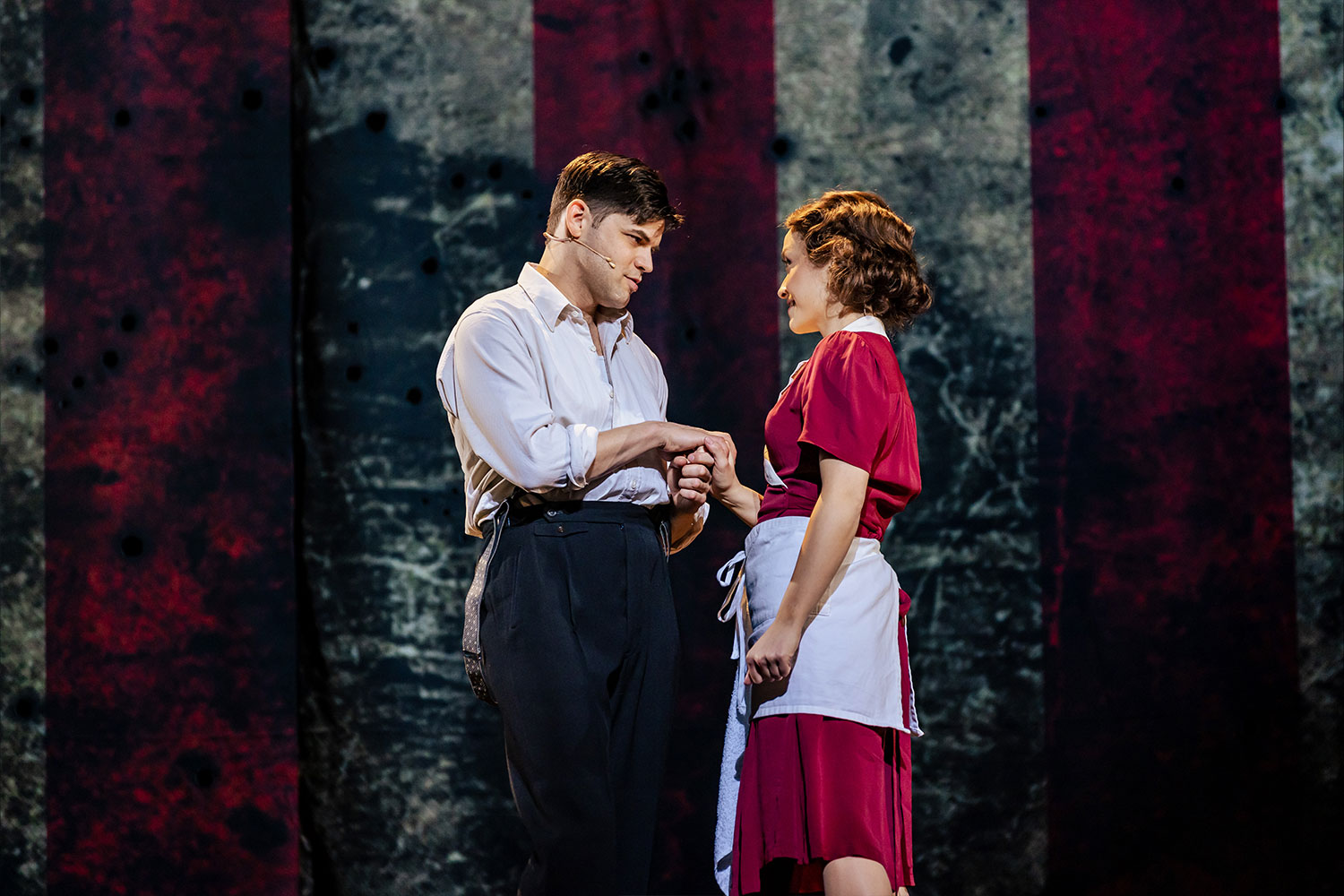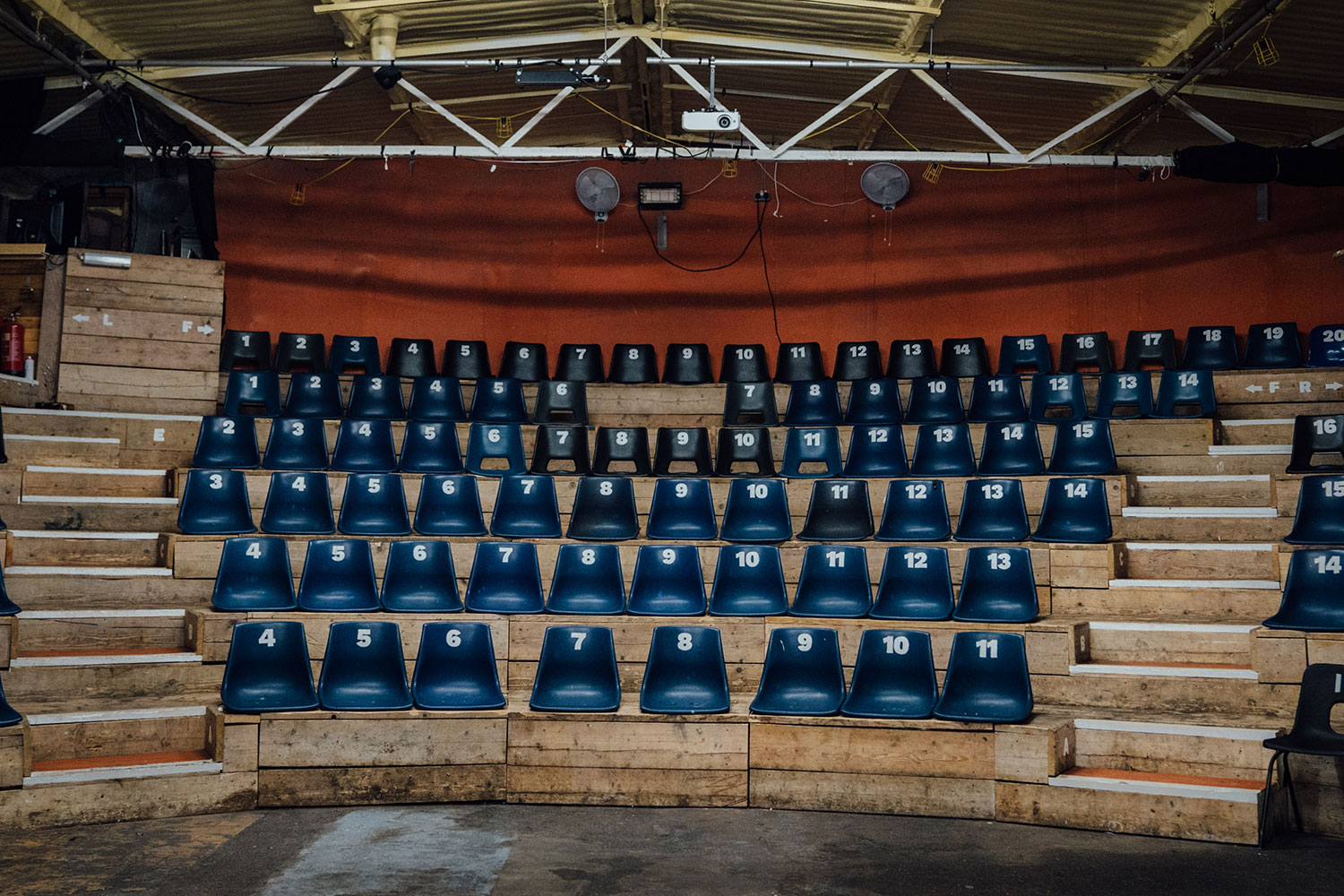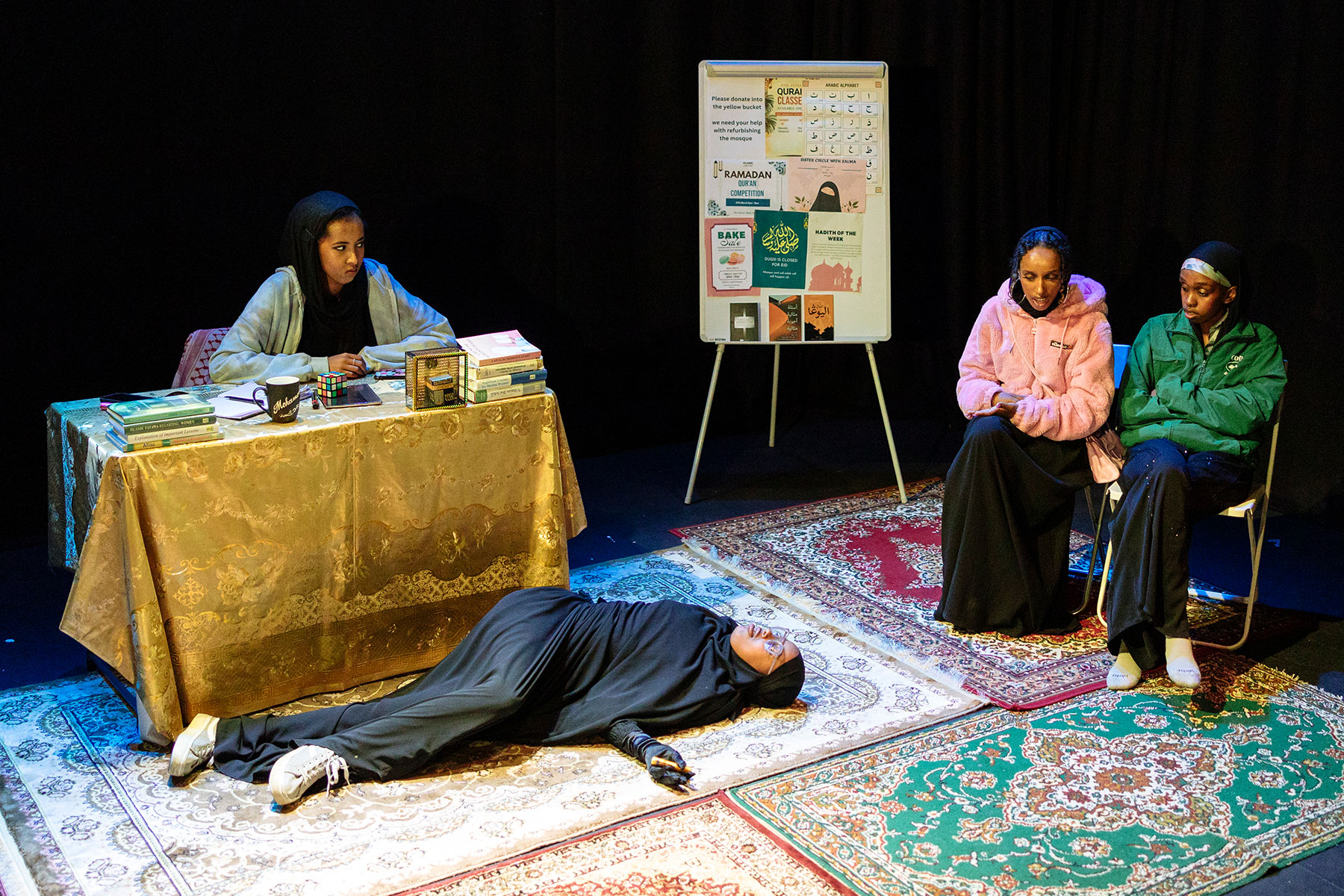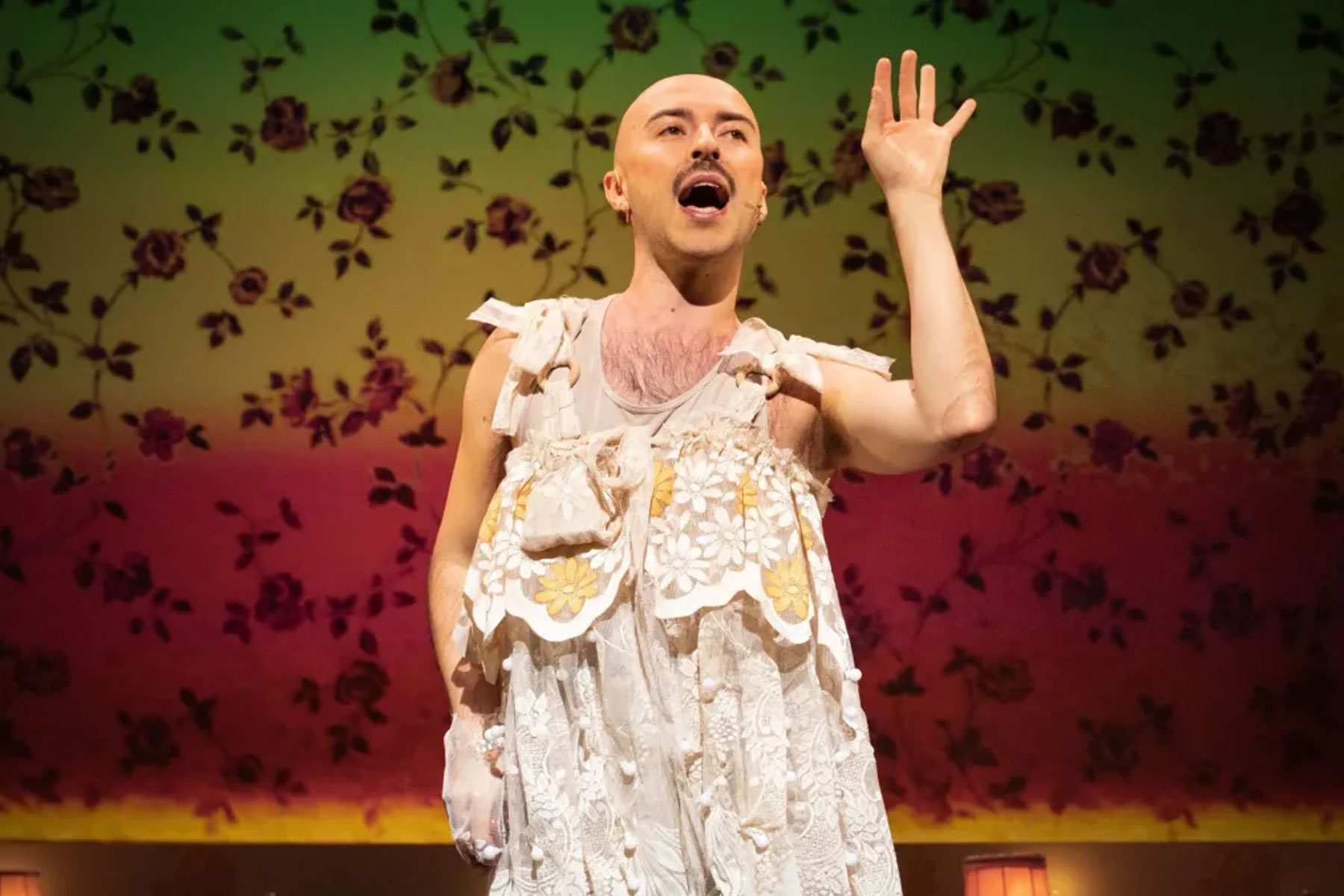Ermione
With two Southbank performances in recent years – both Mark Elder and the OAE and Chelsea Opera (with Nelly Miricioiu) – and, in 1995, Graham Vick’s brooding Glyndebourne staging (with like Elder’s QEH performance, Anna Caterina Antonacci in the title role, well worth catching on DVD), it was perhaps an odd choice. But Jeremy Commons’ programme note pointed out why Opera Rara would be interested, as Ermione was an extraordinary flop for Rossini. The première took place in Naples on 27 March 1819, exactly 190 years and one day before this particular performance, but there was a complete news blackout about how it was received. It’s a bit of a mystery, especially when we now regard it as Rossini at his most daring and experimental.
Some members on stage were the same as at Glyndebourne – notably London Philharmonic principals Robert Hill (clarinet), John Price (bassoon) and, returning as guest principal, Celia Chambers (flute) as well as tenor Paul Nilon who was Vick’s Attalo, now stepping up to the role of Pirro (Pyrrhus). This concert performance honoured exits and entrances though no costumes, so there was a semblance of stage drama, although not without its hazards, as when Carmen Giannattasio’s Ermione got her foot caught in her dress on one exit.
From the sombre, choral overture – the male prisoners of Troy bemoaning their plight –this is Rossini in high seriousness. Not that light dotted rhythms are banished, but they are used to counterpoint the tragic situation of two ladies torn by duty and love. Patricia Bardon’s Andromaca is desperate to save her and Trojan hero Hector’s son Astyanax by agreeing to marry Pirro, while Ermione, who loves Pirro, seeks her revenge by persuading Colin Lee’s Oreste to kill him.
In a series of amazing duos, trios and larger ensembles Rossini bends operatic form to his will. With four tenors and no baritone the vocal forces are unusual, and with Oreste and Pirro rising to a tenor’s highest notes, it must be hard to cast. Here Lee was especially successful, particularly in his duo with his friend Pilade (a very impressive Bülent Bezdüz).
Ultimately, it is the ladies that share the limelight – with Rossini switching from Racine’s focus (Andromaque, his titular role is) to Ermione – so the dark finale is her anguish at Oreste having carried out her plea to kill Pirro. As he gets dragged off by the Greeks pursued by the furies (and with another murder to his name), Giannattasio’s Ermione was left to her own demons.
While not achieving the highest dramatic intensity as at Glyndebourne, and with the orchestra sometimes too loud, Rossini’s extraordinary invention did shine clear in Parry’s hands, showing Ermione for what it is: a minor masterpiece.
Ermione is based on Racine’s cool distillation of Greek legend, Andromaque, which shortly comes to London in Racine’s original French Alexandrine couplets, given by Cheek by Jowl as part of bite09.
– Nick Breckenfield










